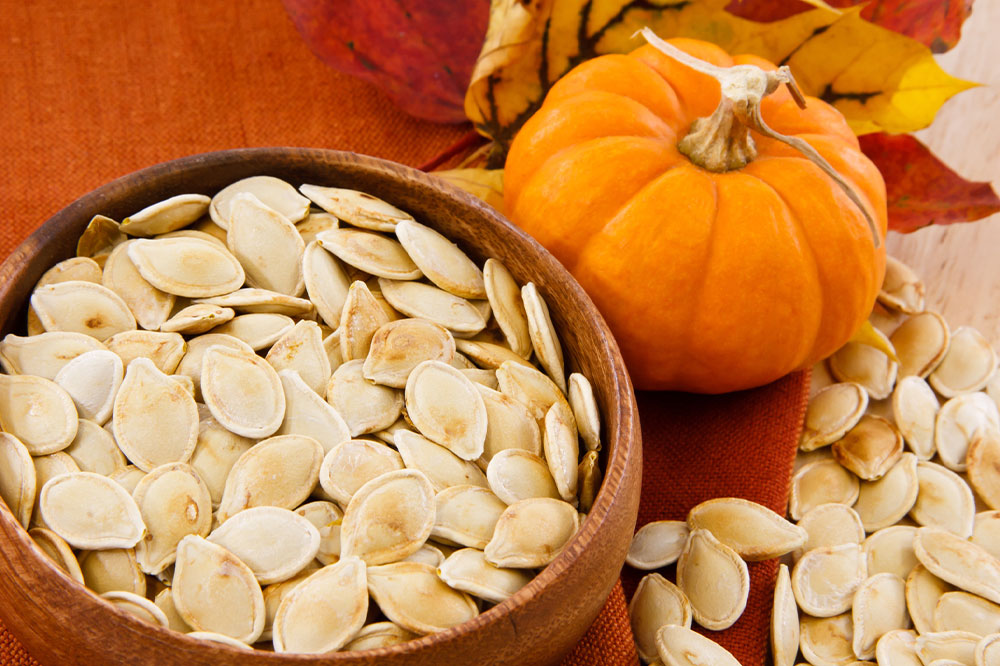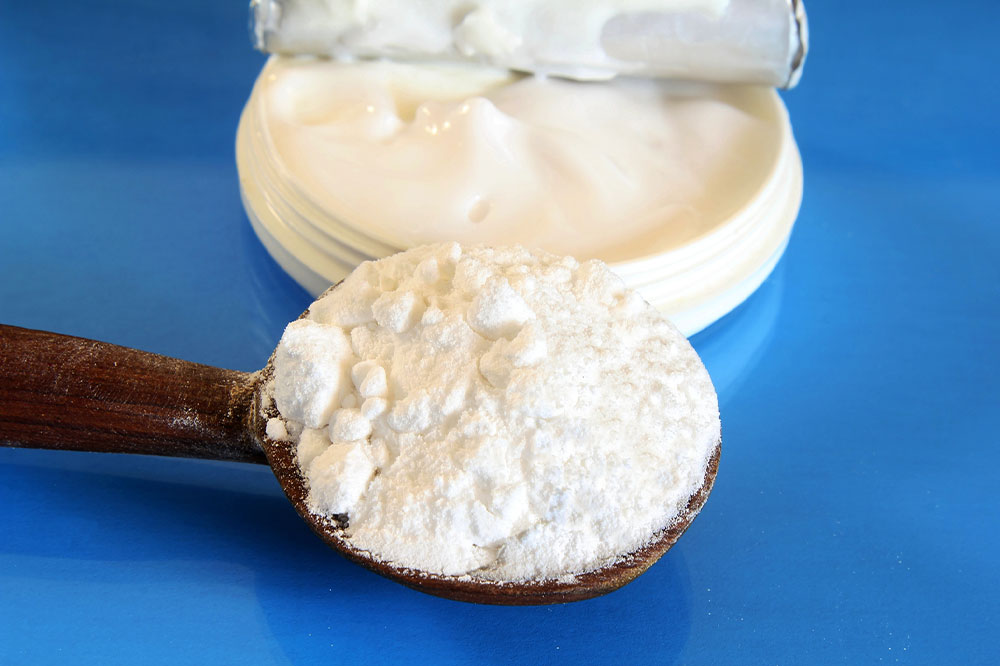
Health
Foods, herbs, and other remedies to manage lung cancer symptoms
Lung cancer can be divided into two main types: small cell lung cancer (SCLC) and non-small cell lung cancer (NSCLC). Some people may also develop a rare tumor known as a lung carcinoid, which develops when the cells begin to grow rapidly out of control. There is no cure for any type of lung cancer. At best, the symptoms and complications can be eased with changes in foods, lifestyle, and through certain prescription treatments. Foods Cruciferous vegetables Patients with lung cancer can eat broccoli, Bok choy, cauliflower, cabbage, brussels sprouts, and kale. The vegetables are excellent food choices as they are rich in glucosinolates, folate, flavonoids, vitamin C, fiber, beta carotene, lutein, and zeaxanthin. These compounds are known to actively counter cancer causing cells. Fresh fruits Pears and apple contain phloretin, a compound that helps lower the risk of symptoms like fibrosis in lungs during cancer treatment. Blueberries, blackberries, raspberries, and cranberries are rich sources of anthocyanidins, which inhibit the growth of tumor cells. It may also lower the risk of blood clots triggered by the different types of lung cancer. Ginger, capers, and turmeric Ginger contains an active compound called 6-shogaol, which prevents cancer cells from spreading rapidly. Capers are rich in quercetin, a powerful antioxidant that restricts the growth of cancerous cells.












